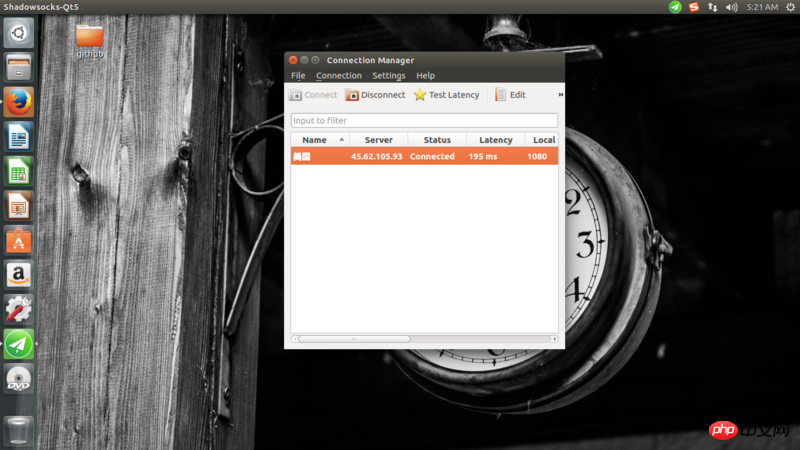1. My question:
I am a campus network user. I have an ubuntu virtual machine installed on my laptop (using VMware Player 12), and the host is Windows 10. I have a Shadowsocks server abroad, and I use my own server to access the Internet scientifically on Windows 10.
According to what is said on the Internet, using NAT mode for virtual machines can allow the virtual machine to circumvent the firewall when the host machine can circumvent the wall. I tried it, and it works, just use the host machine as a proxy server. However, because the campus network has a dynamic IP, the host IP changes every time. It is very troublesome to reset the proxy settings of the Ubuntu system every time it is used. I plan to install Shadowsocks directly on the virtual machine.
I installed the Shadowsocks QT version and the address was configured, but I just can’t turn it over.
I looked up NAT on the encyclopedia and he said it was
NAT not only perfectly solves the problem of insufficient IP addresses, but also can effectively avoid attacks from outside the network, hide and protect computers inside the network.
As shown in the figure, Shadowsocks is connected normally and is on the same port as the host. The host can bypass the wall. 
What the hell does this happen?
PHPz2017-05-31 10:39:51
Is it okay to add a port to a foreign Shadowsocks server? For example, the host machine is connected to port 8888 of the SS server, and the virtual machine is connected to port 8889 of the SS server. Is this okay?